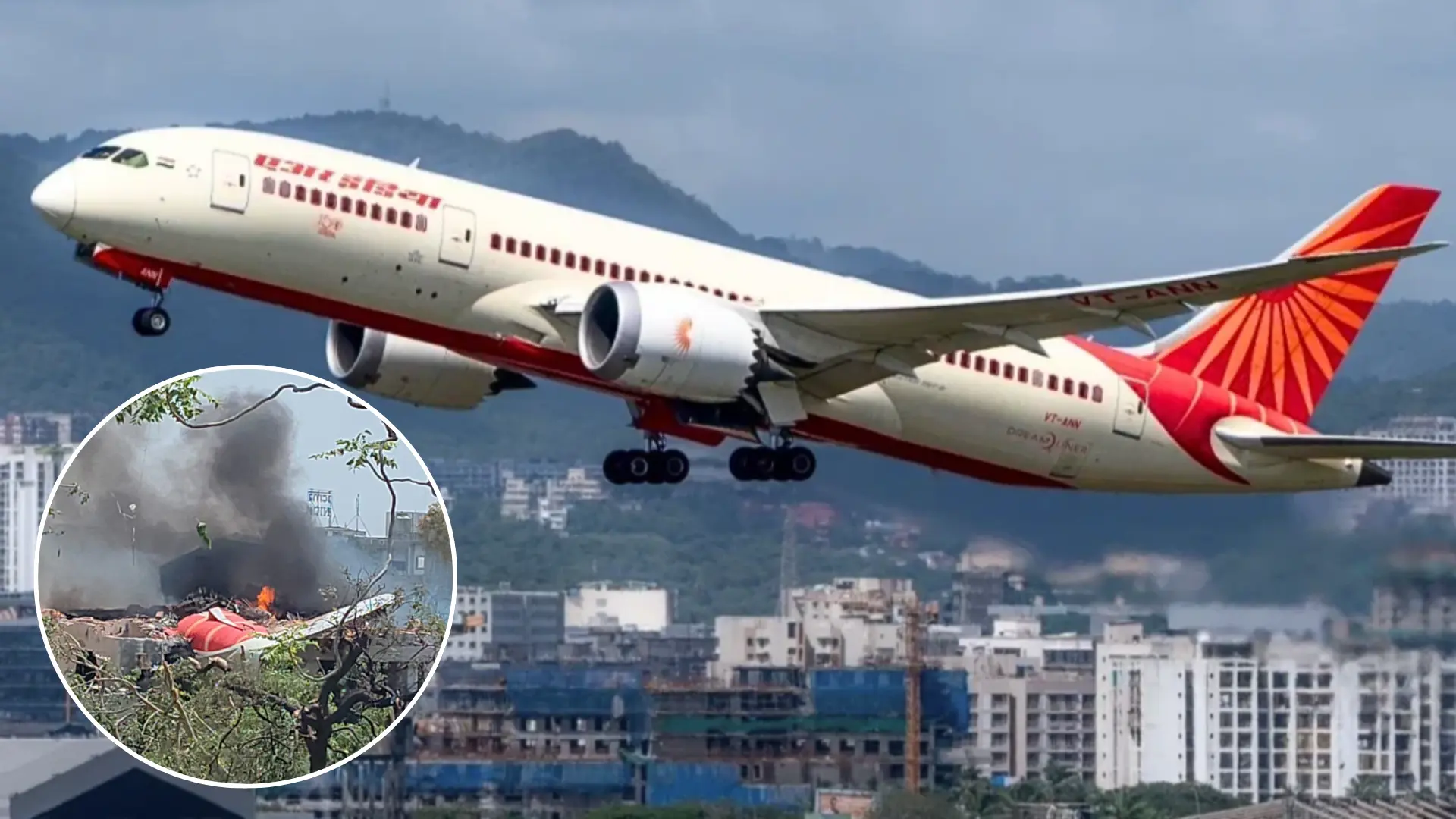 |
|
The tragic crash of Air India flight AI 171, a Boeing 787-8 Dreamliner, shortly after takeoff from Ahmedabad, resulting in the loss of 270 lives, has triggered a comprehensive investigation focusing primarily on the aircraft's engines. The fact that one of the engines was newly installed just months before the accident has raised significant questions and become a central point of scrutiny. The investigation aims to determine if the recently installed engine played any role in the catastrophic event. This incident has not only shaken the aviation industry but also cast a shadow over Air India's ongoing turnaround efforts under Tata Sons' ownership. The meticulous examination of the black box data, coupled with expert analysis, is expected to provide critical insights into the sequence of events that led to the crash. The chairman of Tata Sons, N Chandrasekaran, has emphasized the importance of awaiting the black box analysis before drawing any premature conclusions, underscoring the need for a thorough and evidence-based investigation. The accident has prompted immediate safety measures, including temporary reductions in international wide-body operations and comprehensive safety inspections of Air India's Boeing 787 fleet. These actions reflect the seriousness with which the aviation authorities and the airline are treating the situation, prioritizing passenger safety and operational integrity. The investigation is further complicated by the intricacies of modern aircraft engine technology, particularly the Genx-1B engines used on the Boeing 787-8. These engines are equipped with sophisticated monitoring systems like FADEC (Full Authority Digital Engine Control), which dynamically adjust maintenance schedules based on real-time data rather than fixed intervals. However, certain internal components, known as Life Limited Parts (LLPs), still adhere to strict replacement cycles, typically lasting between 15,000 to 20,000 operating cycles, adding another layer of complexity to the investigation. The interplay between data-driven maintenance schedules and fixed component replacement cycles will be crucial in understanding the engine's condition and performance leading up to the crash.
The analysis of the aircraft's black boxes, specifically the cockpit voice recorder (CVR) and the flight data recorder (FDR), is paramount to reconstructing the final moments of the flight and identifying any anomalies in the engine's performance or the crew's actions. The CVR will provide insights into the communication between the pilots and air traffic control, as well as any audible alerts or warnings within the cockpit. The FDR, on the other hand, records a vast array of parameters, including engine speed, thrust, altitude, airspeed, and control surface positions, offering a detailed account of the aircraft's behavior throughout the flight. By synchronizing the data from both recorders, investigators can create a comprehensive timeline of the events leading up to the crash. Furthermore, the engine manufacturer, GE Aerospace, will likely play a key role in the investigation, providing technical expertise and support in analyzing the engine's performance data and identifying any potential mechanical issues. The investigation will also consider factors beyond the engines, such as weather conditions, air traffic control procedures, and pilot training, to ensure a holistic understanding of the contributing factors. The Directorate General of Civil Aviation (DGCA), India's aviation regulator, has already taken proactive steps by ordering comprehensive safety inspections of Air India's Boeing 787 fleet, demonstrating its commitment to ensuring the safety of air travel in India. These inspections will involve thorough examinations of the aircraft's engines, flight control systems, and other critical components to identify any potential defects or maintenance issues. The DGCA's actions underscore the importance of rigorous safety oversight and the need for continuous improvement in aviation safety standards.
The crash of Air India flight AI 171 comes at a critical juncture for the airline, which is undergoing a significant transformation under Tata Sons' ownership. Acquired from the Indian government in 2022, Air India is navigating a complex transition from its troubled legacy as a state-owned entity to a competitive private carrier. The airline has embarked on an ambitious restructuring plan, including fleet modernization, network expansion, and improved customer service. The tragic accident, however, poses a significant setback to these efforts, potentially impacting the airline's reputation and operational confidence. Industry observers believe that the incident could lead to increased scrutiny of Air India's safety protocols and maintenance practices, as well as a potential slowdown in its expansion plans. The airline will need to demonstrate its commitment to safety and transparency to regain the trust of passengers and stakeholders. The incident also highlights the broader challenges facing the aviation industry, including the increasing complexity of aircraft technology, the growing demand for air travel, and the need for robust safety regulations and oversight. As the investigation progresses, it is crucial that all stakeholders work together to identify the root causes of the crash and implement measures to prevent similar tragedies in the future. The lessons learned from this incident will be invaluable in enhancing aviation safety worldwide and ensuring the well-being of passengers and crew.
Source: Air India 787 that Crashed in Ahmedabad had One New Engine
